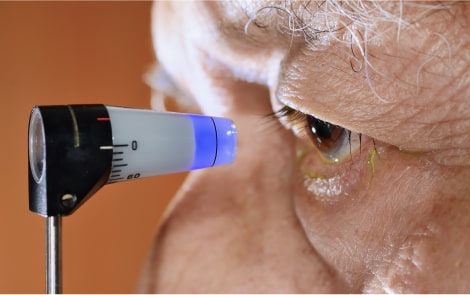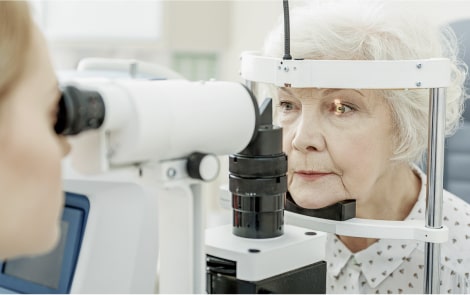Glaucoma is a group of eye conditions that damage the optic nerve and its surrounding nerve tissue, which is crucial for good vision. It is often associated with high pressure within the eye due to excess fluid. If left untreated, this damage to the optic nerve can result in vision loss and blindness. In fact, glaucoma is a leading cause of irreversible blindness worldwide, making early diagnosis and treatment even more important.
However, there is a common misconception that high pressure is the only indicator of glaucoma. In reality, you can have normal eye pressure and still be diagnosed with glaucoma. In early stages of glaucoma, the most common symptom of glaucoma is no symptoms at all. This underscores the importance of regular eye check-ups and comprehensive screenings for early detection, regardless of eye pressure levels.
Symptoms of glaucoma
One of the most challenging aspects of glaucoma is that it often progresses silently, without noticeable symptoms, until vision loss has already occurred. In most cases when Glaucoma is detected early patients have no symptoms, this means it’s important to have a regular comprehensive eye examination. However, as the condition advances, individuals may experience:- Peripheral vision loss; initially, this may go unnoticed as central vision remains intact
- Tunnel vision; as the condition worsens, individuals may develop tunnel vision, where only a small area of vision remains
- Halos around lights; some individuals may notice halos or rings around lights, especially at night
- Blurred vision
- Severe eye pain or headache


Who is affected by glaucoma?
Glaucoma doesn’t discriminate – it can affect anyone, regardless of age, gender, or ethnicity. However, certain factors may increase your risk of developing this sight-threatening condition. While glaucoma can develop at any age, it’s more prevalent among older individuals, particularly those aged over 60. Furthermore, if you have a family history of glaucoma, you may be more susceptible to developing the condition yourself. Other underlying health conditions, such as diabetes, can also elevate your risk. Moreover, individuals who are nearsighted or farsighted are more prone to developing certain types of glaucoma.Diagnosis and treatment
Regular eye examinations, especially for those in high-risk groups, can help detect the condition in its early stages, allowing for timely intervention to preserve your vision and quality of life.
Treatment options for glaucoma may include eye drops and oral medications. For some individuals, these treatments are enough to relieve the pressure in the eye. In some cases, where medications are ineffective, surgical interventions may be necessary to help drain fluid and preserve vision.
Book your appointment
Regular eye examinations are crucial for early detection and treatment of glaucoma. If you or a loved one experience any symptoms of glaucoma or fall into high-risk categories, schedule an appointment for a comprehensive eye examination today.



